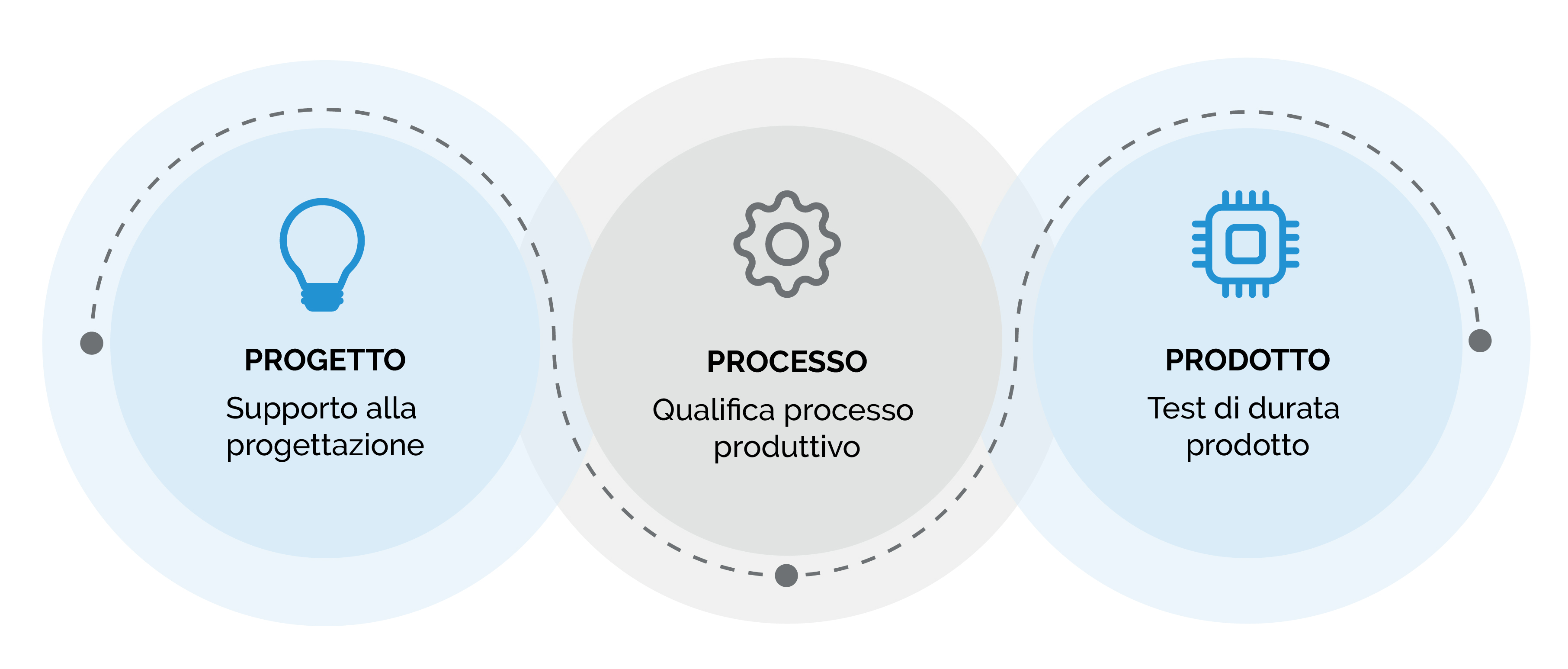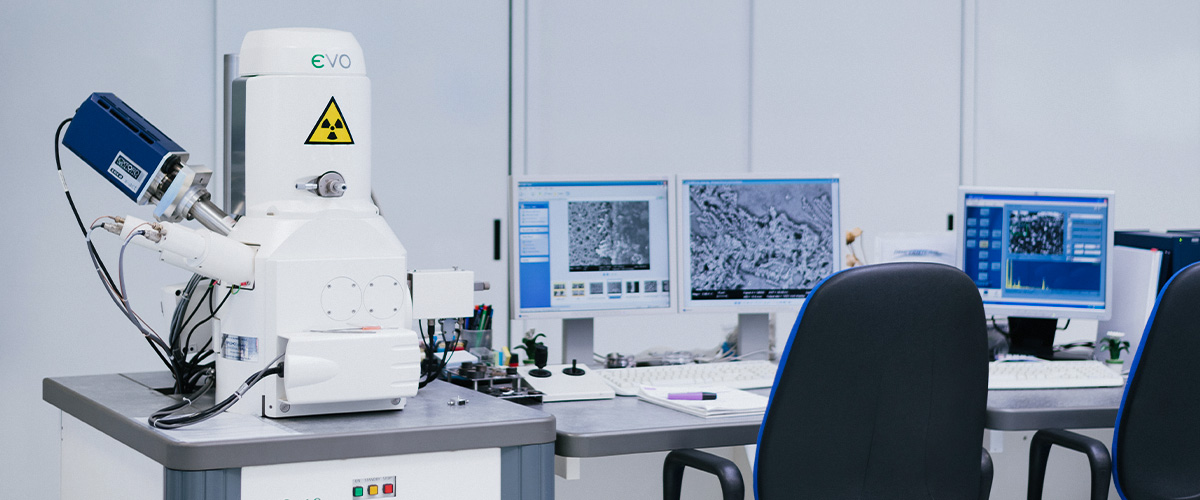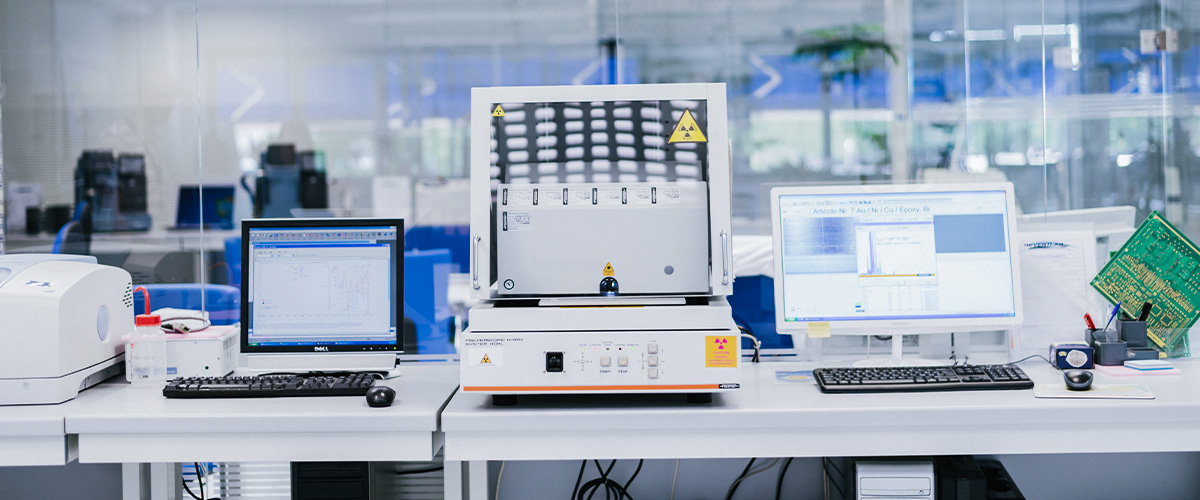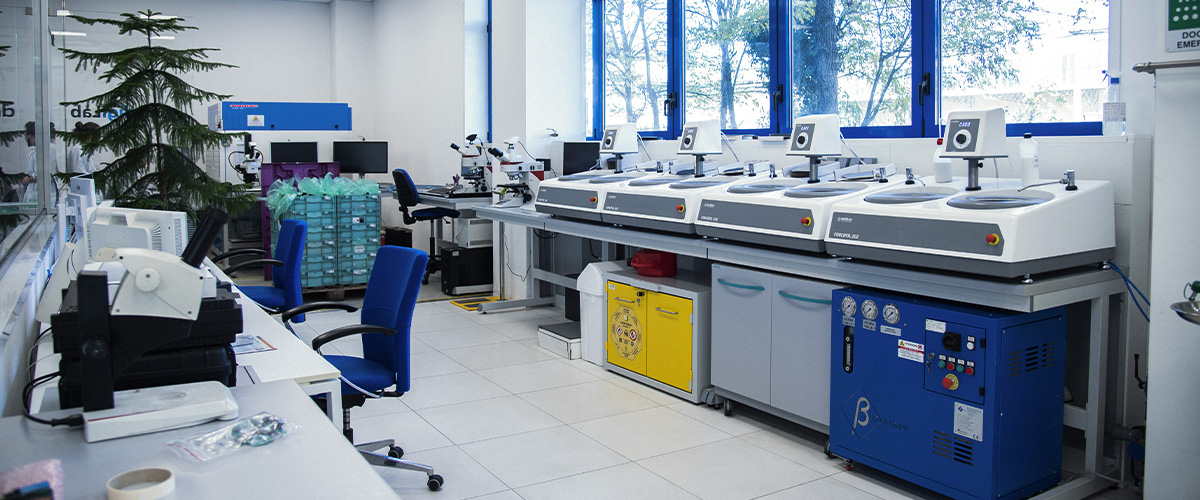PAROLA D'ORDINE: PREVENZIONE!
PreventLab è in grado di supportarvi nell’intero processo, dalla progettazione al lancio sul mercato del vostro prodotto elettronico,riducendone il ‘time to market’ ed aumentandone l’affidabilità.


UNA VASTA GAMMA DI SERVIZI
I nostri servizi sono personalizzabili sulla base delle tue esigenze
Assistenza alla
Progettazione
Analisi con software dedicati per la verifica preventiva dei vostri progetti.
Assistenza alla
Produzione
Qualifica di prodotto/processo per incrementare l'affidabilità.
Assistenza al
Prodotto
Analisi specifiche per la valutazione dell’affidabilità prodotto.



